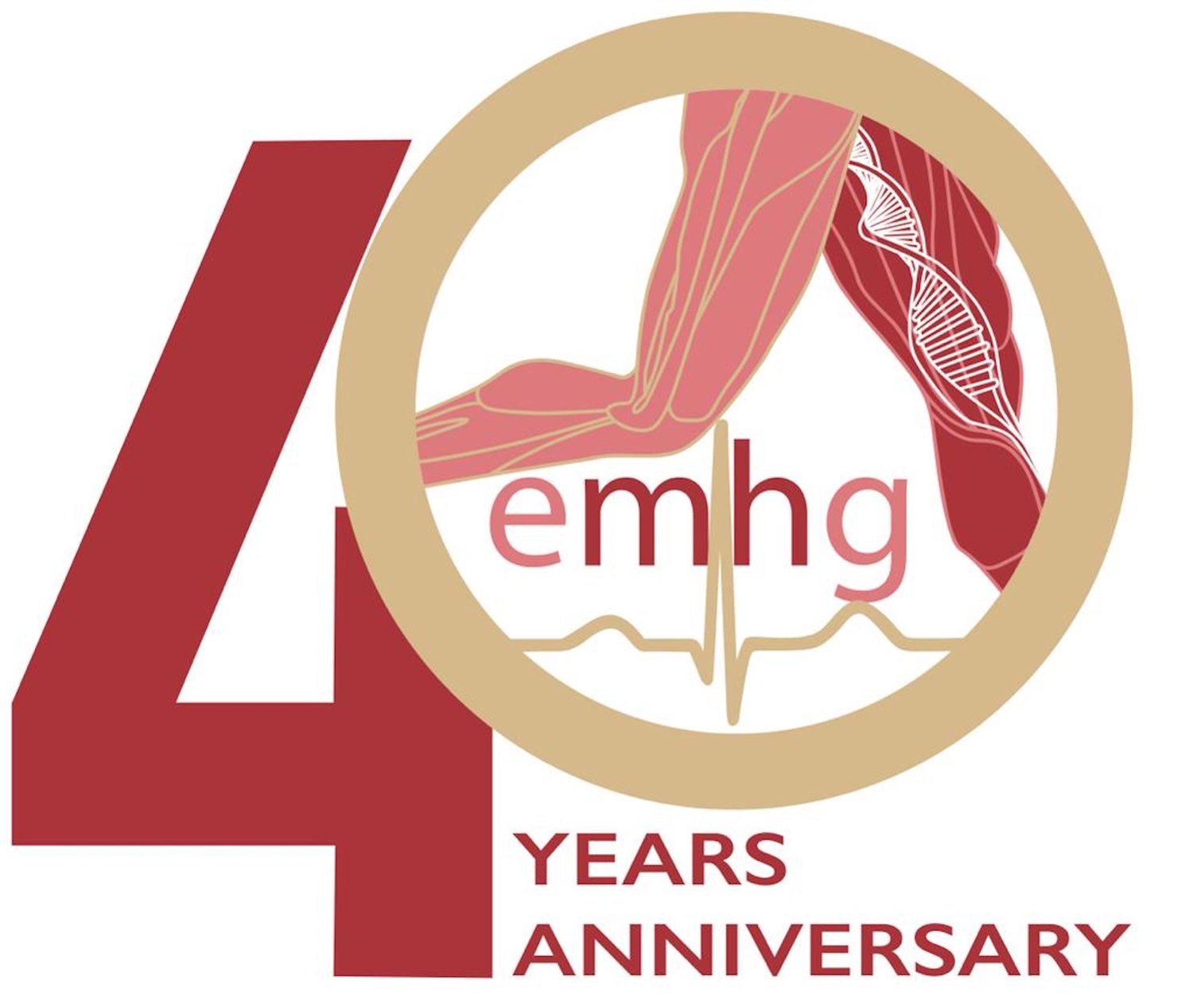Introduction
/Investigation of malignant hyperthermia (MH) susceptibility initially involves clinical evaluation of a patient’s risk based on their anaesthetic and medical history, and relevant family history. Further investigation is indicated when increased risk of susceptibility to MH cannot be excluded. The highest sensitivity for detecting susceptibility to MH is provided by pharmacological challenge tests carried out on freshly excised skeletal muscle under controlled laboratory conditions. These tests, when carried out according to the following protocol are collectively referred to as the in vitro contracture test, or IVCT. The IVCT is recommended for individuals considered to be at increased risk of MH either as a first-line test or when DNA analyses have failed to confirm the high-risk status. DNA analyses are less invasive than the IVCT but not as sensitive. They have a major role in family screening and, with recent improvements in cost-effectiveness of genotyping, can play a role in the primary investigation of index cases (1).
1. Forrest KM, Foulds N, Millar JS, et al. RYR1-related malignant hyperthermia with marked cerebellar involvement - A paradigm of heat-induced CNS injury? Neuromuscul Disord. 2015;25:138-40

